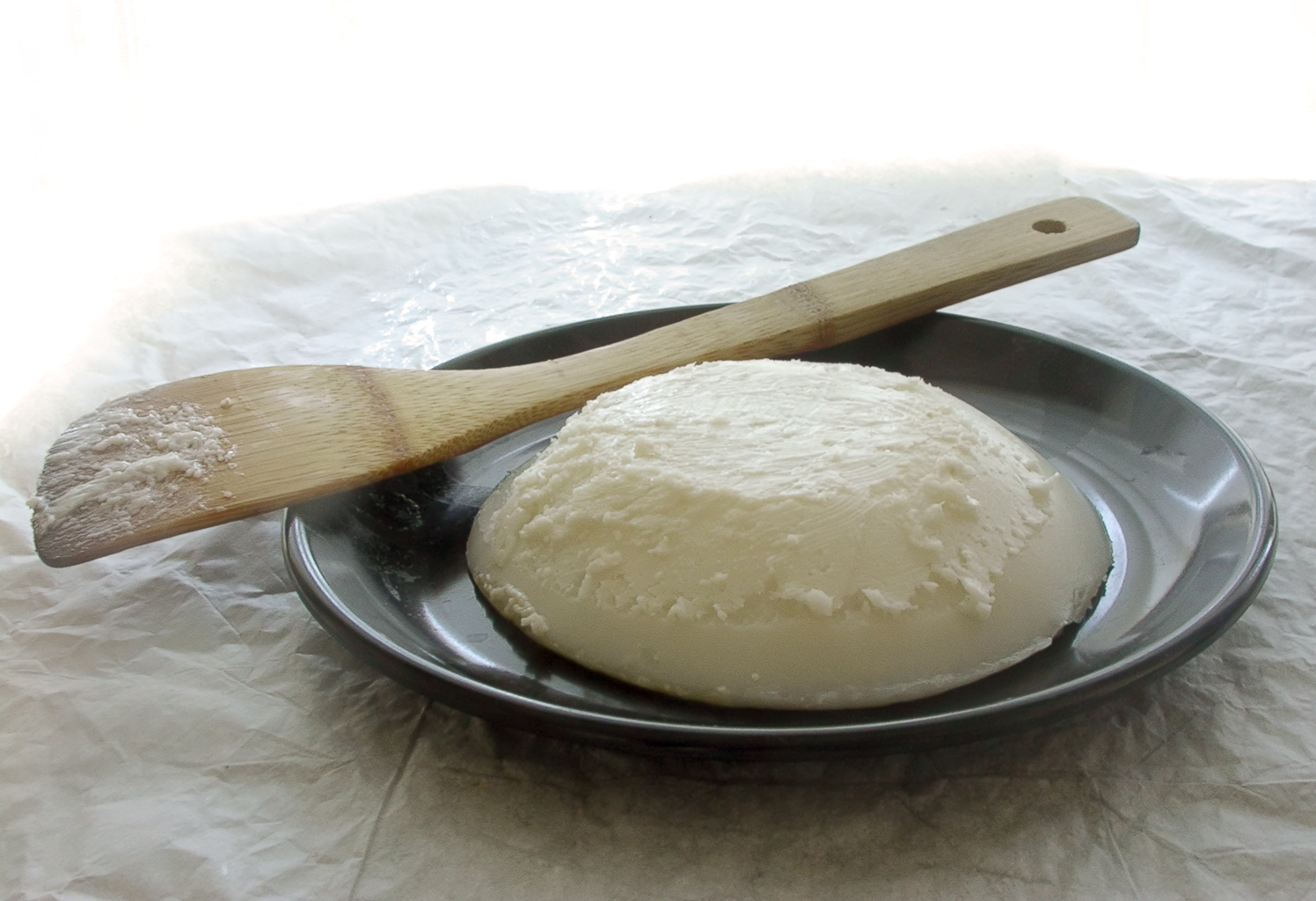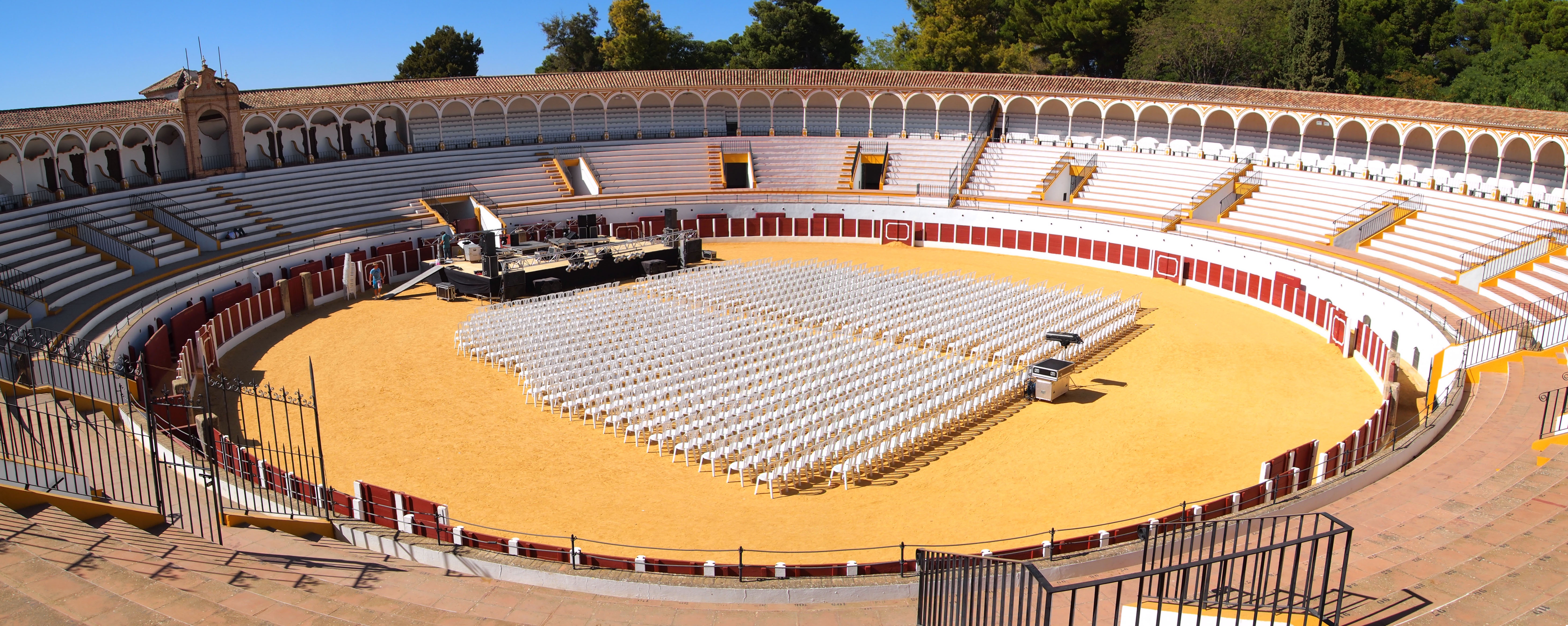|
Mollete (bread)
A is a flatbread from the Andalusian region, in southern Spain. It is a soft round white bread, usually served lightly toasted with olive oil and raw garlic or spread with lard (usually in the forms of ''manteca colorá'' or ') in an Andalusian breakfast. The most famous are the ones from Antequera, Málaga. It should not be confused with the Mexican dish of the same name. See also * Mollete de Antequera The mollete de Antequera is a typical bread of Andalusia, Spain, that has a seal of protection Geographical indications and traditional specialities in the European Union, IGP. There are a multitude of breads under the same name "Mollete (bread), ... References {{Reflist Spanish cuisine Yeast breads ... [...More Info...] [...Related Items...] OR: [Wikipedia] [Google] [Baidu] |
Bread
Bread is a baked food product made from water, flour, and often yeast. It is a staple food across the world, particularly in Europe and the Middle East. Throughout recorded history and around the world, it has been an important part of many cultures' diets. It is one of the oldest human-made foods, having been of significance since the dawn of Agriculture#History, agriculture, and plays an essential role in both religious rituals and secular culture. Bread may be Leavening agent, leavened by naturally occurring microbes (e.g. sourdough), chemicals (e.g. baking soda), industrially produced Baker's yeast, yeast, or high-pressure aeration, which creates the gas bubbles that fluff up bread. Bread may also be Unleavened bread, unleavened. In many countries, mass-produced bread often contains Food additive, additives to improve flavor, texture, color, shelf life, nutrition, and ease of production. Etymology The Old English language, Old English word for bread was ( in Gothic langua ... [...More Info...] [...Related Items...] OR: [Wikipedia] [Google] [Baidu] |
Flatbread
A flatbread is bread made usually with flour; water, milk, yogurt, or other liquid; and salt, and then thoroughly rolled into flattened dough. Many flatbreads are Unleavened bread, unleavened, although some are leavened, such as pita bread. A Serving size, serving of 85g (~3 ounces) of pita bread has 234 Calorie, calories. Flatbreads range from below one millimeter to a few centimeters thick so that they can be easily eaten without being sliced. They can be baked in an oven, fried in hot oil, grilled over hot coals, cooked on a hot pan, tava, Comal (cookware), comal, or metal griddle, and eaten fresh or packaged and frozen for later use. History Flatbreads were amongst the earliest food processing, processed foods, and evidence of their production has been found at ancient sites in Mesopotamia, ancient Egypt, and the Indus Valley Civilisation, Indus civilization. The origin of all flatbread baking systems are said to be from the Fertile Crescent in West Asia, where they would su ... [...More Info...] [...Related Items...] OR: [Wikipedia] [Google] [Baidu] |
Andalusia
Andalusia ( , ; , ) is the southernmost autonomous communities of Spain, autonomous community in Peninsular Spain, located in the south of the Iberian Peninsula, in southwestern Europe. It is the most populous and the second-largest autonomous community in the country. It is officially recognized as a nationalities and regions of Spain, historical nationality and a national reality. The territory is divided into eight provinces of Spain, provinces: Province of Almería, Almería, Province of Cádiz, Cádiz, Province of Córdoba (Spain), Córdoba, Province of Granada, Granada, Province of Huelva, Huelva, Province of Jaén (Spain), Jaén, Province of Málaga, Málaga, and Province of Seville, Seville. Its capital city is Seville, while the seat of High Court of Justice of Andalusia, its High Court of Justice is the city of Granada. Andalusia is immediately south of the autonomous communities of Extremadura and Castilla-La Mancha; west of the autonomous community of Region of Mur ... [...More Info...] [...Related Items...] OR: [Wikipedia] [Google] [Baidu] |
Spain
Spain, or the Kingdom of Spain, is a country in Southern Europe, Southern and Western Europe with territories in North Africa. Featuring the Punta de Tarifa, southernmost point of continental Europe, it is the largest country in Southern Europe and the fourth-most populous European Union member state. Spanning across the majority of the Iberian Peninsula, its territory also includes the Canary Islands, in the Eastern Atlantic Ocean, the Balearic Islands, in the Western Mediterranean Sea, and the Autonomous communities of Spain#Autonomous cities, autonomous cities of Ceuta and Melilla, in mainland Africa. Peninsular Spain is bordered to the north by France, Andorra, and the Bay of Biscay; to the east and south by the Mediterranean Sea and Gibraltar; and to the west by Portugal and the Atlantic Ocean. Spain's capital and List of largest cities in Spain, largest city is Madrid, and other major List of metropolitan areas in Spain, urban areas include Barcelona, Valencia, Seville, ... [...More Info...] [...Related Items...] OR: [Wikipedia] [Google] [Baidu] |
Olive Oil
Olive oil is a vegetable oil obtained by pressing whole olives (the fruit of ''Olea europaea'', a traditional Tree fruit, tree crop of the Mediterranean Basin) and extracting the oil. It is commonly used in cooking for frying foods, as a condiment, or as a salad dressing. It can also be found in some cosmetics, pharmaceuticals, soaps, and fuels for traditional oil lamps. It also has additional uses in some religions. The olive is one of three core food plants in Mediterranean cuisine, with wheat and grapes. Olive trees have been cultivated around the Mediterranean since the 8th millennium BC. In 2022, Spain was the world's largest producer, manufacturing 24% of the world's total. Other large producers were Italy, Greece, and Turkey, collectively accounting for 59% of the global market. The composition of olive oil varies with the cultivar, altitude, time of harvest, and extraction process. It consists mainly of oleic acid (up to 83%), with smaller amounts of other fatty acids ... [...More Info...] [...Related Items...] OR: [Wikipedia] [Google] [Baidu] |
Garlic
Garlic (''Allium sativum'') is a species of bulbous flowering plants in the genus '' Allium''. Its close relatives include the onion, shallot, leek, chives, Welsh onion, and Chinese onion. Garlic is native to central and south Asia, stretching from the Black Sea through the southern Caucasus, northeastern Iran, and the Hindu Kush; it also grows wild in parts of Mediterranean Europe. There are two subspecies and hundreds of varieties of garlic. Garlic has been used for thousands of years as a seasoning, culinary ingredient, traditional medical remedy; it was known in many ancient civilizations, including the Babylonians, Egyptians, Romans, and Chinese, and remains significant in many cuisines and folk treatments, especially across the Mediterranean and Asia. Garlic propagates in a variety of climates and conditions and is produced globally; China is by far the largest producer, accounting for over two thirds (73%) of the world's supply in 2021. Description Garli ... [...More Info...] [...Related Items...] OR: [Wikipedia] [Google] [Baidu] |
Lard
Lard is a Quasi-solid, semi-solid white fat product obtained by rendering (animal products), rendering the adipose tissue, fatty tissue of a domestic pig, pig.Lard entry in the online ''Merriam-Webster Dictionary''. Accessed on 2020-07-05. It is distinguished from tallow, a similar product derived from fat of cattle or sheep. Lard can be rendered by steaming, boiling, or dry heat. The culinary qualities of lard vary somewhat depending on the origin and processing method; if properly rendered, it may be nearly odorless and tasteless.E. S. Clifton, Joseph Kastelic, and Belle Lowe (1955): ''Relationships between Lard Production Methods, Volumes of Production, Costs and Characteristics of Lard Produced in Selected Packing Plants''. Research Bulletin 422, Iowa State College Experiment Station, US Department of Agriculture. ... [...More Info...] [...Related Items...] OR: [Wikipedia] [Google] [Baidu] |
Manteca Colorá
''Manteca colorá'' (Andalusian pronunciation for "red lard") is a food item prepared by adding spices (usually bay leaf and oregano) and paprika – which is what gives the dish its characteristic orange colour – to lard, which is then cooked with minced or finely chopped pieces of pork. It is a dish typical of Andalusia in southern Spain, where it is usually consumed spread on toasted bread. See also * List of spreads This is a list of spreads. A Spread (food), spread is a food that is literally spread, generally with a knife, onto food items such as bread or Cracker (food), crackers. Spreads are added to food to enhance the flavour or texture of the food, whic ... References {{DEFAULTSORT:Manteca Colora Andalusian cuisine Spreads (food) ... [...More Info...] [...Related Items...] OR: [Wikipedia] [Google] [Baidu] |
Andalusian Breakfast
Andalusian cuisine is the regional cuisine of Andalusia, Spain. Notable dishes include gazpacho, fried fish (often called ''pescaíto frito'' in the local vernacular), the jamones of Jabugo, Valle de los Pedroches and Trevélez, and the wines of Jerez, particularly sherry. Culinary influences come from the historic Christian, Muslim, and Jewish traditions of the region. The oldest known cookbook of Andalusian cuisine, ''Kitab al tabij fi-l-Maghrib wa-l-Andalus fi `asr al-Muwahhidin, li-mu'allif mayhul'', dates from the 13th century. Fried foods Frying in Andalusian cuisine is dominated by the use of olive oil, produced mainly in the provinces of Jaén, Córdoba, Seville, and Granada. Málaga, Almería, Cádiz and Huelva produce olive oil too, but in smaller amounts. The foods are dredged in flour ''a la Andaluza'' (meaning only flour, without egg or other ingredients, but may include flour from the chickpea especially for use in batters). They are then fried in a large quant ... [...More Info...] [...Related Items...] OR: [Wikipedia] [Google] [Baidu] |
Antequera
Antequera () is a city and municipality in the Comarca de Antequera, province of Málaga, part of the Spain, Spanish autonomous communities of Spain, autonomous community of Andalusia. It is known as "the heart of Andalusia" (''el corazón de Andalucía'') because of its central location among Málaga, Granada, Córdoba, Spain, Córdoba, and Seville. The Antequera Dolmens Site is a UNESCO World Heritage site. In 2011, Antequera had a population of 41,854. It covers an area of 749.34 km2 with a population density of 55.85 inhabitants/km2, and is situated at an altitude of 575 meters. There is also a very small town named "Gloriano" in the bottom of Antequera. Antequera is the most populous city in the interior of the province and the largest in area. It is the twenty-second largest in Spain. The city is located 45 km from Málaga and 115 km from Córdoba. The cities are connected by a high-speed train and the A-45 motorway. Antequera is 160 km from Seville ... [...More Info...] [...Related Items...] OR: [Wikipedia] [Google] [Baidu] |
Málaga Province
Málaga (; ) is a municipality of Spain, capital of the Province of Málaga, in the autonomous community of Andalusia. With a population of 591,637 in 2024, it is the second-most populous city in Andalusia and the sixth most populous in the country. It lies in Southern Iberia on the Costa del Sol ("Coast of the Sun") of the Mediterranean, primarily in the left bank of the Guadalhorce. The urban core originally developed in the space between the Gibralfaro Hill and the Guadalmedina. Málaga's history spans about 2,800 years, making it one of the oldest continuously inhabited cities in Western Europe. According to most scholars, it was founded about 770BC by the Phoenicians from Tyre as ''Malaka''. From the 6th centuryBC the city was under the hegemony of Ancient Carthage, and from 218BC, it was under Roman rule, economically prospering owing to garum production. In the 8th century, after a period of Visigothic and Byzantine rule, it was placed under Islamic rule. In 1487, t ... [...More Info...] [...Related Items...] OR: [Wikipedia] [Google] [Baidu] |
Manteca Colorá - Mercado De Cádiz
Manteca may refer to: * The Spanish word for lard People * Albert Manteca (born 1988), Spanish footballer * Jon Manteca (1967–1996), Spanish activist * Sergio Martínez (born 1969), nicknamed "Manteca", Uruguayan former footballer Places * Manteca, California Music * Manteca (band), a Canadian jazz fusion band * ''Manteca! ''Manteca!'' is an album by composer/arranger/keyboardist Clare Fischer, released in November 1965 on the Pacific Jazz label. [...More Info...] [...Related Items...] OR: [Wikipedia] [Google] [Baidu] |







